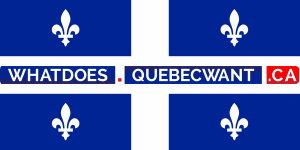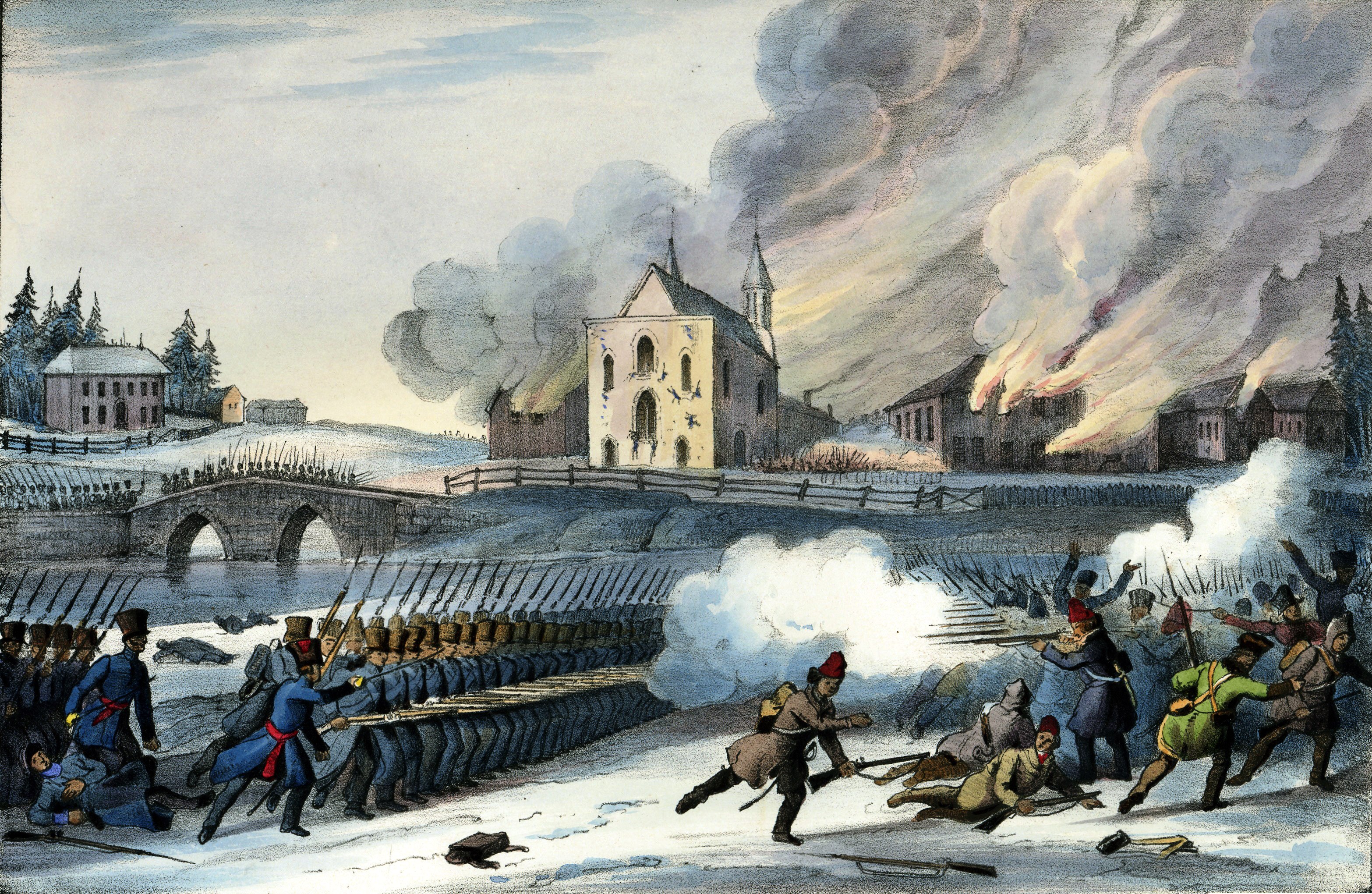May 23, 2017 3 min to read
Why does Québec celebrate the Patriots instead of Victoria day?
Category : Differences, History
Victoria Day is celebrated on the last Monday before May 25 across Canada… except for the province of Québec which celebrates since 2003 the National Patriots’ Day instead, and before that, Adam Dollard Des Ormeaux’s Birthday. Why?
First, what is Victoria Day?
It officially the celebration of Queen Victoria’s birthday, which occurred on May 24th 1819th. She was the Queen of England (and thus Canada) from June 1837 until January 1901, and as such, was Queen of Canada during both the horrible 1840 constitution and the 1867 one.
Under Queen Victoria’s rule, the British Empire was at its strongest. It’s under her rule that India was formally incorporated into the British Empire. She wanted to keep a firm grip on her Empire and pushed her prime-ministers as such.
“If we are to maintain our position as a first-rate power we must […] be prepared for attacks and wars, somewhere or other,continually.” 1
To Queen Victoria, the expansion of the British Empire was positive for the world and colonizing the world by force meant civilizing the world, regardless of what the local population wanted.
But weren’t the patriot terrorists?
First, what we call “La Guerre des patriotes” in French (the Patriot’s war), is generally called “The Lower Canada Rebellion”. As a reminder, Québec was then named “Lower Canada”, and Ontario, “Upper Canada”.
It occurred in 1837, after over 20 years of failed attempts for the French-Canadians to have our grievances heard. Notably, despite being able to elect our own legislative assembly, the executive branch was still appointed by the British government so that we were basically controlled by the English Speaking minority.
Here are some of those attempts to be heard:
- The 99 Grievances by Robert Gourlay
- A protest in Montreal in 1832 (where many protestors were shots)
- The 92 Resolutions from Louis-Joseph Papineau, submitted in 1832 to the Governor and by the assembly itself in 1834.
These failures led to the creation of the Patriot movement along with the Patriot Party, and by 1834, the majority of the population of Lower-Canada was supporting it, including people of many origins: not just French Canadians.
Notably, one of the big supporter of the Parti Patriot was Wolfred Nelcon, son of a British immigrant from England, who later became leader of the Patriotes against the British and eventually, Mayor of Montreal. Another was Edmund Bailey O’Callaghan, an Irish immigrant who had to move to New York city during the rebellion.
At the 1834 election, the Patriot Party won more than 75% of the seats of the lower Canada assembly.
As leader of the assembly, Papineau continued to fight for reform, but in March of 1837, the British government clearly rejected all of our resolutions.
Papineau thus organized protests and approved the creation of the “Société des fils de la liberté”, a paramilitary group not dissimilar to the previous Continental army of the United States.
It is one group within that society which fought the British army in 1837 after they were charged by the British of illegal activities and they decided to escalate to armed conflict.
Papineau himself had to flee to the United States while over groups of the Société began to organize to rebel against the British.
The first fight, in Saint-Denis on November 23, 1837 was won by the patriots, but the next two fights were won by the British, with the British troops pillaging and ransacking Saint-Eustache.
But the new of the rebellion traveled across North America, and William Lyon Mackenzie, then Mayor of Toronto organized the Upper Canada Rebellion, while United States Citizens, notably led by some Patriots who had fled in the USA at the start of the conflict, joined in the fight.
The goal of both rebellions was to establish 2 republics independent from the British Empire, but both failed and were destroyed by the British military.
Aftermath
The British government nominated Lord Durham to discover the causes of the rebellion (which is ironic, since we had spent years prior to the rebellion telling the British government exactly what we wanted) and his recommendation was to united both Canadas into a single colony in order to assimilate French-Canadians into British culture.
This led to the much hated 1840 constitution of Canada.
In short, the British response to the rebellion was to try to commit cultural genocide.
- Longford, Elizabeth (1964) Victoria R.I., London: Weidenfeld & Nicolson, P. 426

